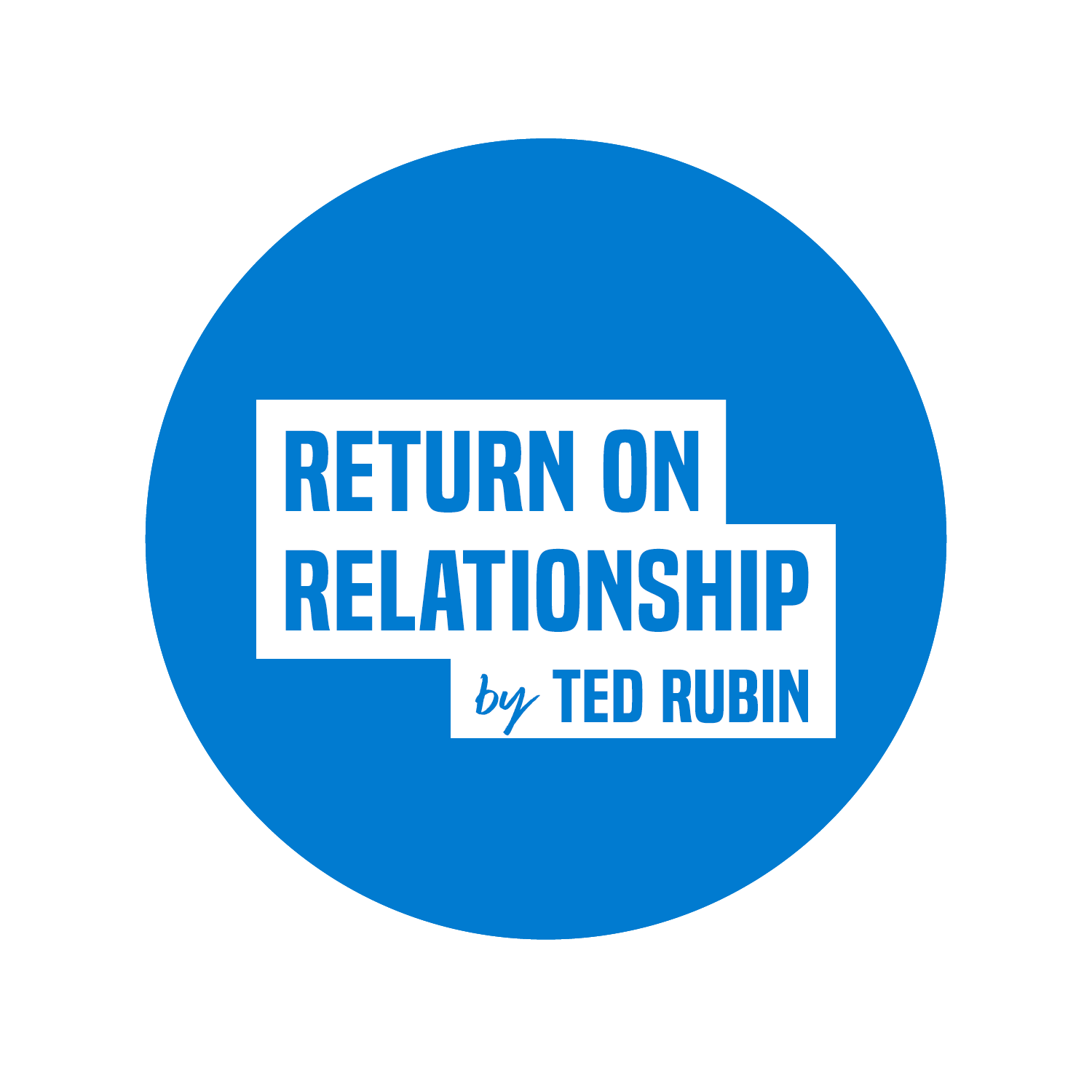Culture Clash in the Denim Aisle: What the Sydney Sweeney/American Eagle Controversy Teaches Us About Marketing in a Polarized World ~via Stephanie Fierman
This is one of the most thoughtful breakdowns I’ve seen on this issue, and on the broader challenge facing marketers today via Stephanie Fierman.
Culture isn’t a monolith… and neither is your audience.
We talk a lot about empathy in marketing, but this post hits on the hard part… empathy isn’t just a warm, fuzzy ideal, it’s a discipline. It takes real effort, uncomfortable conversations, and a willingness to challenge your own assumptions… all too often overlooked.
Sydney Sweeney didn’t break the campaign… the blind spots behind it did.
Thank you for the practical guidance here. Cultural cross-checking and internal dissent should be non-negotiables at the table.
Resonance > Relevance… Always. /Ted
The controversy surrounding American Eagle's Sydney Sweeney campaign has once again revealed something we as marketers should be intimately aware of but often forget: culture is not monolithic.
It is layered, regional, generational, and deeply personal. And yet, too often we design campaigns as if we’re speaking to an audience with a single, universally agreed-upon set of values and aesthetics.
In this case, American Eagle, a brand long associated with youthful optimism and inclusivity, tapped actress Sydney Sweeney – Gen Z icon, Euphoria star, and an “it girl” of the moment - for a campaign celebrating denim. Sweeney’s image, however, carries baggage for some audiences. Her perceived political affiliations, family associations, and curated lifestyle became lightning rods, sparking backlash and calls for boycott across social media.
To others, the outrage felt overwrought. After all, wasn't this simply an attractive young woman wearing jeans on a vintage truck?
Exactly. And that’s the problem.
The cultural disconnect wasn’t about the campaign itself, which was benign enough; it was about the assumptions behind it. Assumptions that everyone would see Sydney Sweeney the same way. Assumptions that “Americana” reads the same across geographies and identities. Assumptions that a brand can be “neutral” in a hyper-aware, hyper-fragmented cultural landscape.
And in those assumptions, the campaign stepped on a cultural landmine.
The Isolation Problem in Modern Marketing
If there’s a larger lesson here, it’s this: when marketers become too insulated by their bubble, their bias or their worldview they risk losing their cultural peripheral vision.
We now operate in an age where the people who create marketing campaigns often live very different lives from the people who receive them. Coastal cities don’t necessarily reflect middle America. Urban Gen Z culture doesn’t map neatly onto suburban Gen Alpha. And personal beliefs, affiliations, or even fashion choices can be loaded with symbolic meaning we may not fully grasp.
Marketing is, at its core, a discipline of empathy. But empathy requires effort. It’s not just about looking outward - it’s about stepping outside of yourself.
Five Ways to Break the Bubble and Market with Cultural Intelligence
Here are five ways every marketer and brand can avoid falling into the cultural isolation trap:
1. Practice “Cultural Cross-Checking”
Before greenlighting a campaign, run it by people outside your immediate ecosystem. That doesn’t mean focus groups after the fact. It means involving diverse voices at the strategic and conceptual stages. Diversity of race, geography, ideology, gender, generation, and experience. Ask: What might I not be seeing?
2. Don’t Confuse Cultural Familiarity with Cultural Universality
Just because something feels "normal" or “neutral” to you doesn’t mean it’s apolitical or unproblematic to others. Flags, landscapes, even denim jackets can take on coded meanings. Assume nothing is seen the same way by everyone.
3. Monitor Culture in Layers, Not Trends
Trend reports are great, but cultural understanding runs deeper than aesthetics. What are the conversations happening in the margins? On Reddit, in rural communities, among faith-based Gen Zers? Build a layered cultural radar, not just a highlights reel.
4. Encourage Internal Dissent
The healthiest creative cultures allow space for respectful pushback. If everyone in the room agrees on the idea right away, be suspicious. Cultivate an environment where someone can say, “I think we’re missing something here,” without fear of being labeled difficult.
5. Use Controversy as a Mirror, Not a Shield
When backlash happens, don’t default to defensiveness. Ask yourself: what’s this really about? What did we assume, overlook, or oversimplify? And what does this tell us about the culture we claim to reflect?
A Final Word
The irony of the Sydney Sweeney x American Eagle moment is that it tried to do something quintessentially American - celebrate youth, denim, and optimism - and ended up revealing just how fragmented the idea of “American” has become. That doesn’t mean we should retreat from bold ideas or interesting talent. But it does mean we must be humble enough to recognize that our own experience of culture is just that: our own.
Great marketers don’t just chase relevance. They seek resonance. And to do that, we have to listen – really listen - to the multiplicity of voices that make up our audience. Even, and especially, the ones that aren’t in the room.
Originally posted at www-mediavillage-com.cdn.ampproject.org



